GOHA Student Spotlight – Liz McCormick

Offered twice a year, the Global One Health Academy Graduate Travel Awards support graduate students for international or domestic travel that advances their global One Health-related research. Liz McCormick, Ph.D., was a recipient of the Fall 2023 Graduate Travel Awards, where she traveled to Atlanta, Charlotte, Durham, and Washington, D.C. to study indoor quality of office buildings. She has since completed her Ph.D. in design and is now an Associate Professor of Architecture at UNC-Charlotte. Learn more about Dr. McCormick and how the Global One Health Academy helped support her graduate research on the critical role indoor environments play in public health through her featured spotlight below!
What do you study? What/who inspired you to pursue this field of study?
I study the indoor environment—specifically how it affects human health and well-being—and the complex relationship between indoor and outdoor space. My background is in architecture, and after earning my professional degree, I trained as a Passive House consultant. That experience grounded me in sustainable design, but also made me increasingly uneasy with how sealed-off and disconnected our buildings had become. Working in practice, I began to question the long-term health implications of living in tightly controlled, artificially conditioned spaces.
I began my doctoral research at the onset of the COVID-19 pandemic, which sharpened my focus on respiratory health and the critical role indoor environments play in public health. The pandemic underscored just how broken our relationship with outdoor air has become, and it inspired me to rethink how we design for human and environmental health in tandem.
What are the implications of your research, and how does it fit into the One Health framework?
My research challenges the conventional separation between indoor and outdoor environments by demonstrating how the design of buildings impacts human health, ecological systems, and the broader environment. I explore how air quality, access to outdoor space, and the sensory experience of indoor environments influence well-being—particularly in the context of urban office buildings where people spend the majority of their time.
This work fits squarely within the One Health framework, which emphasizes the interconnectedness of human, environmental, and animal health. By addressing how built environments shape respiratory health, psychological well-being, and exposure to outdoor air, my research highlights the need for more holistic design strategies. Buildings should not only protect us from environmental hazards but also reconnect us with natural systems in ways that support health at every level—individual, communal, and planetary.
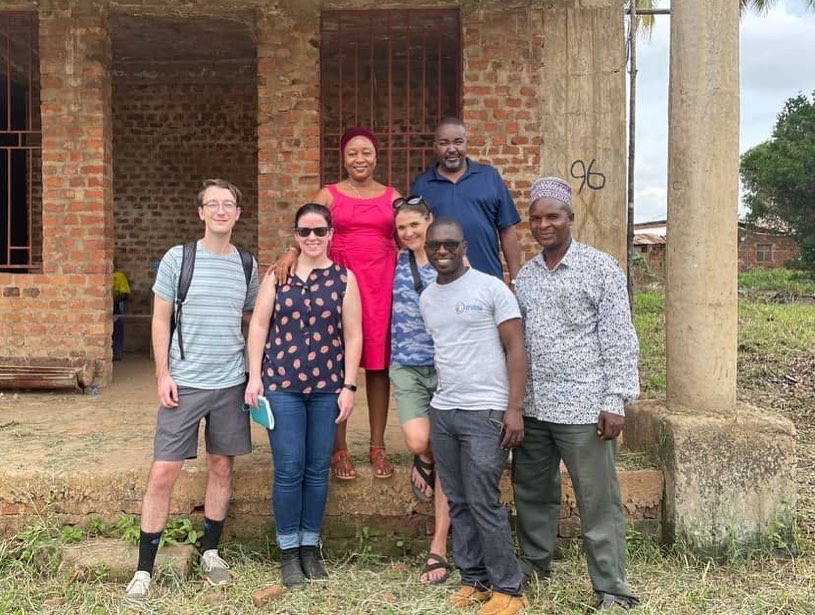
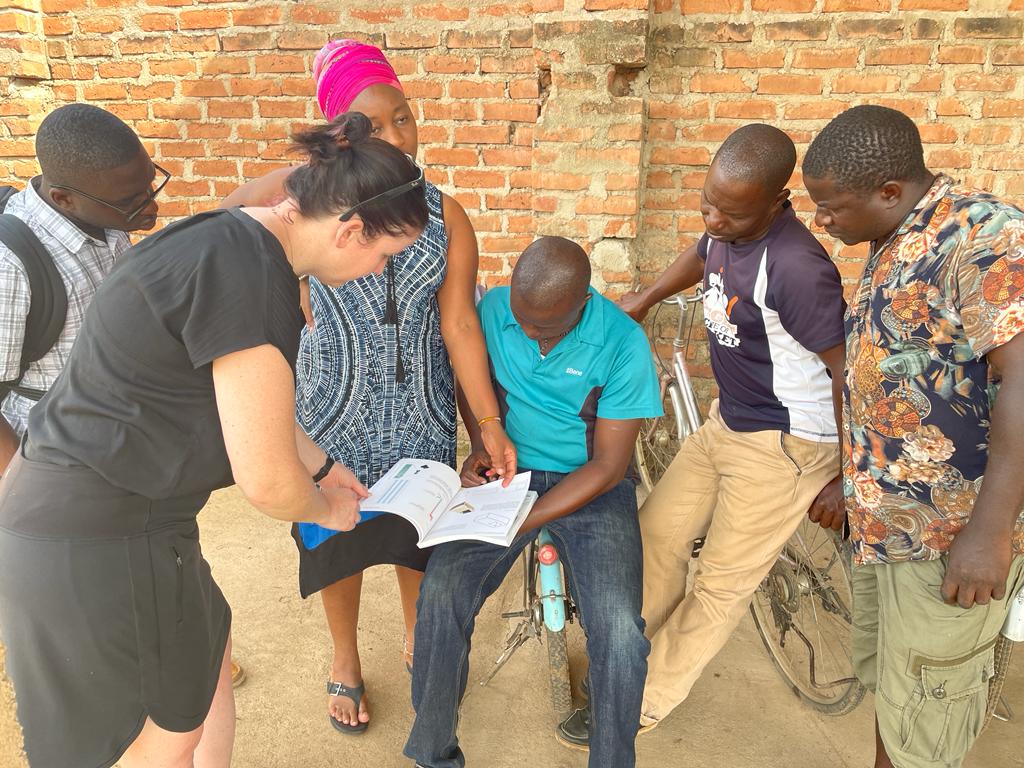
How did GOHA’s support help advance your One Health related research?
GOHA’s support was instrumental in advancing my dissertation research, which involved a year-long study of four office buildings in Atlanta, Charlotte, Durham, and Washington, D.C. The project required multiple site visits for environmental monitoring, and the funding helped cover essential travel expenses as well as the cost of metering equipment used to collect indoor air quality data.
Beyond financial support, GOHA provided a valuable platform to share my work and engage with a broader community of researchers focused on health from multiple disciplinary perspectives. That exchange helped situate my architectural research within the larger One Health conversation and deepened my understanding of how building design intersects with public and environmental health.
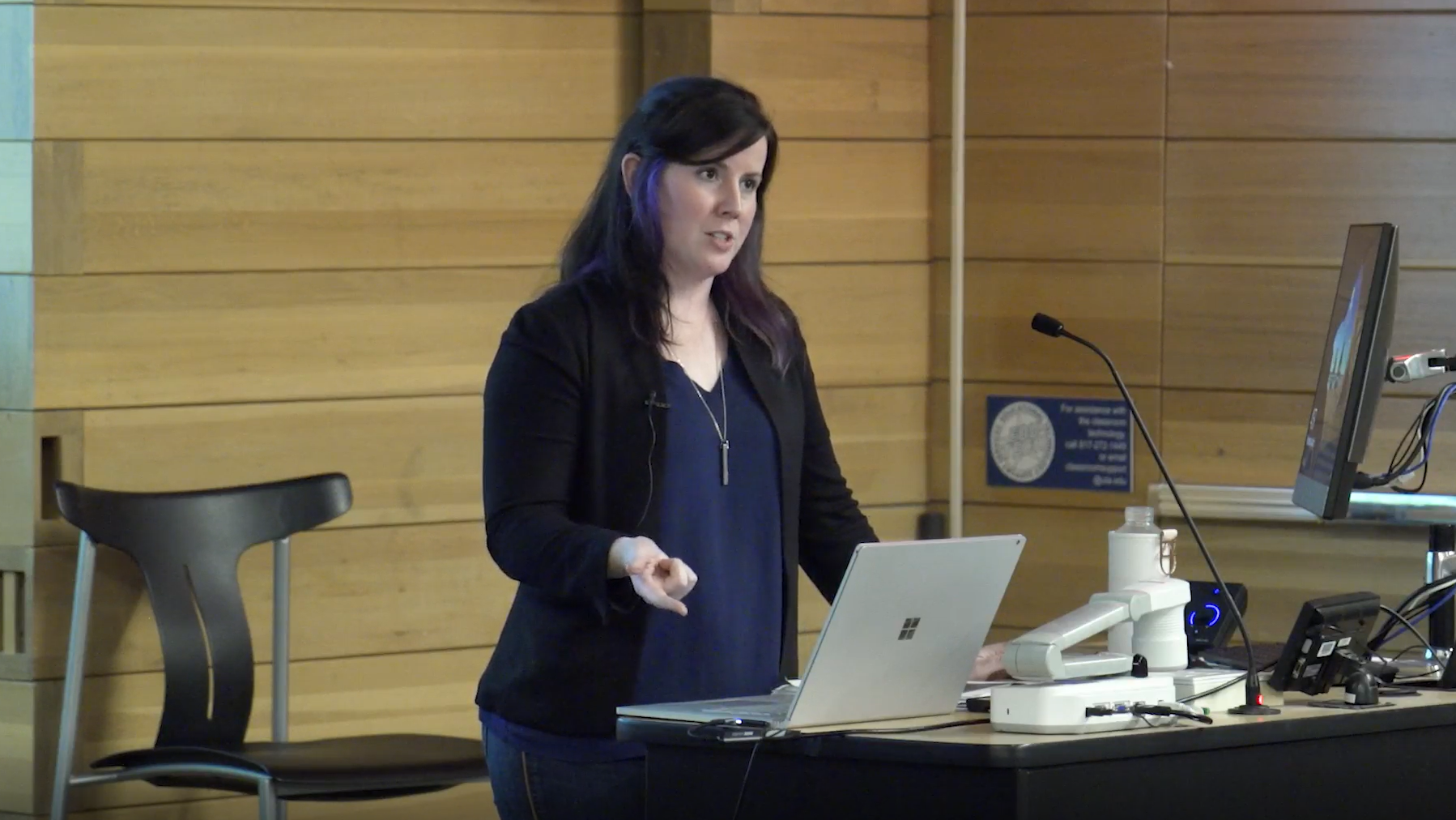
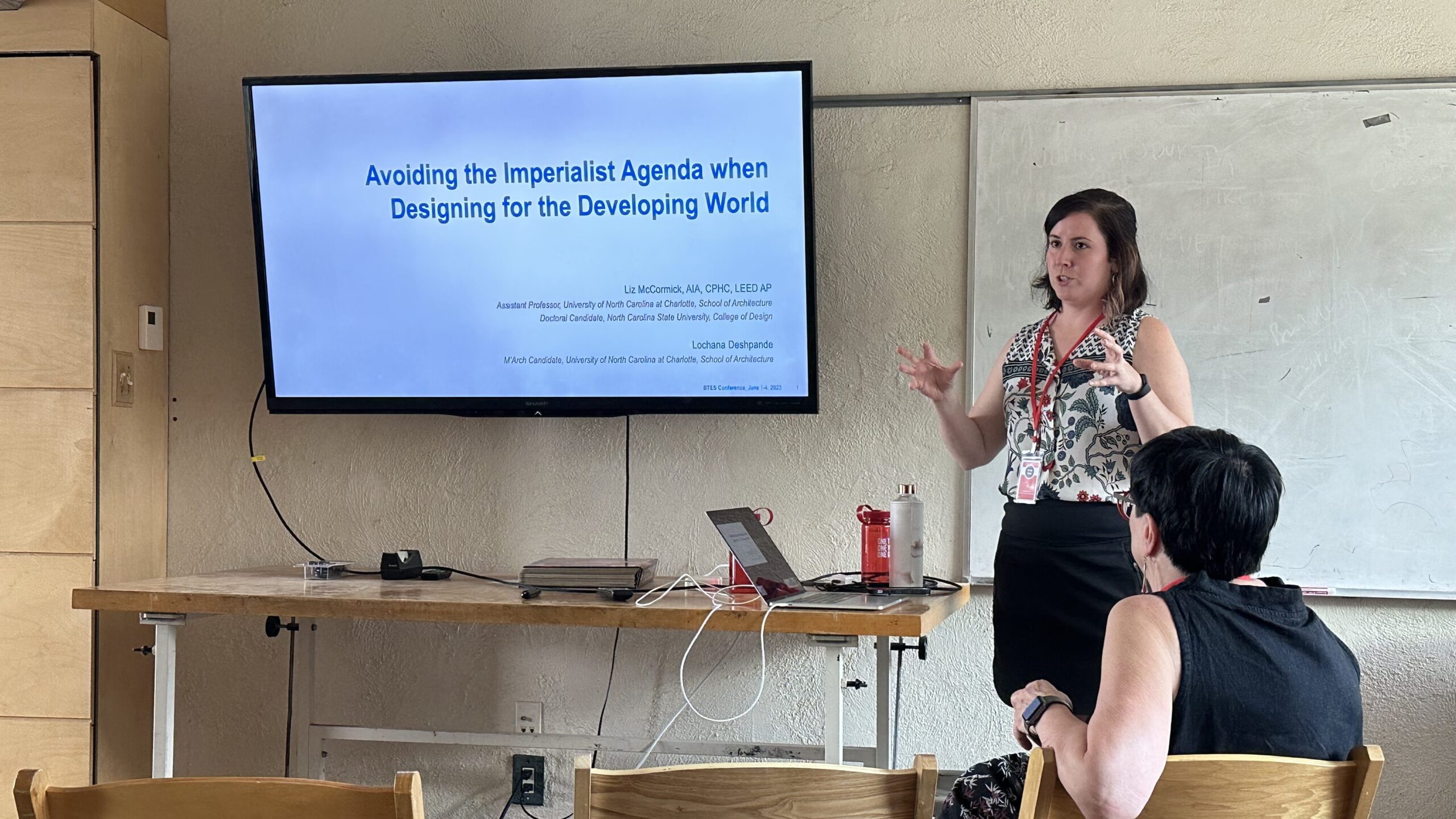
What are you doing currently? How do you incorporate One Health into your current career?
Currently, I’m leading a transdisciplinary research project in Tanzania that explores how housing design can reduce mosquito-borne disease transmission. We’re working with local brickmakers, entomologists, and public health experts to develop building prototypes that improve ventilation and thermal comfort while also limiting mosquito entry—addressing both human and ecological health.
This work continues the core theme of my research: questioning the role of indoor space and breaking down the perceived boundary between inside and out. It’s a different setting, but the same One Health principles apply—recognizing that human health is deeply connected to our built environment, local climate, and surrounding ecosystems.
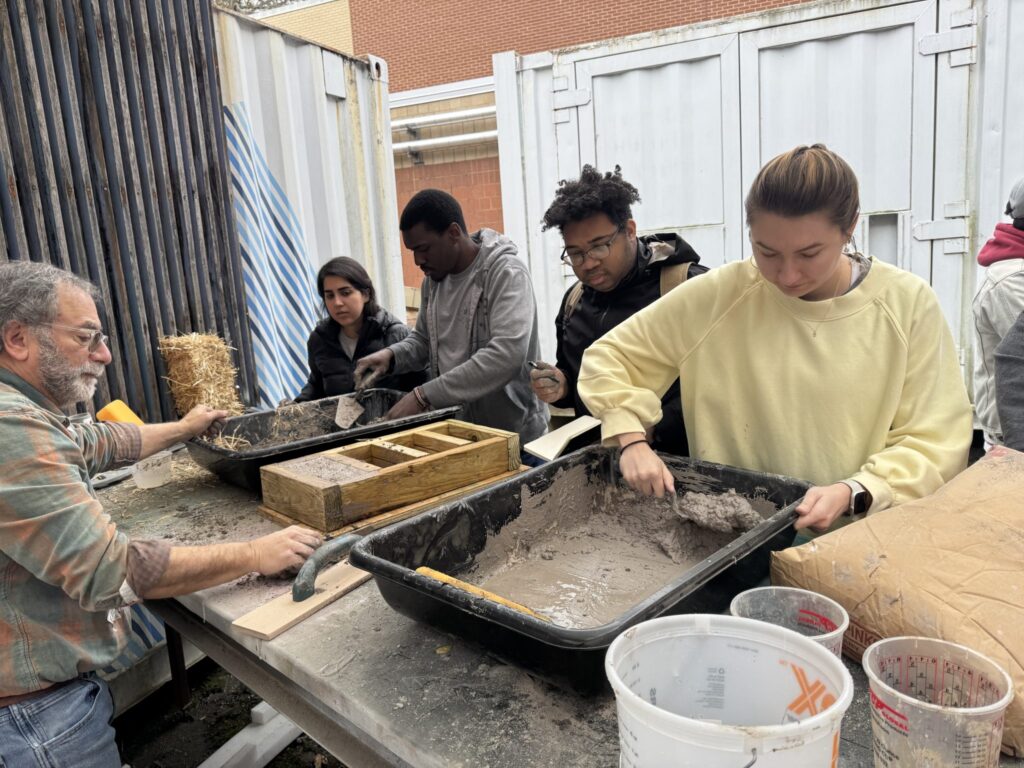
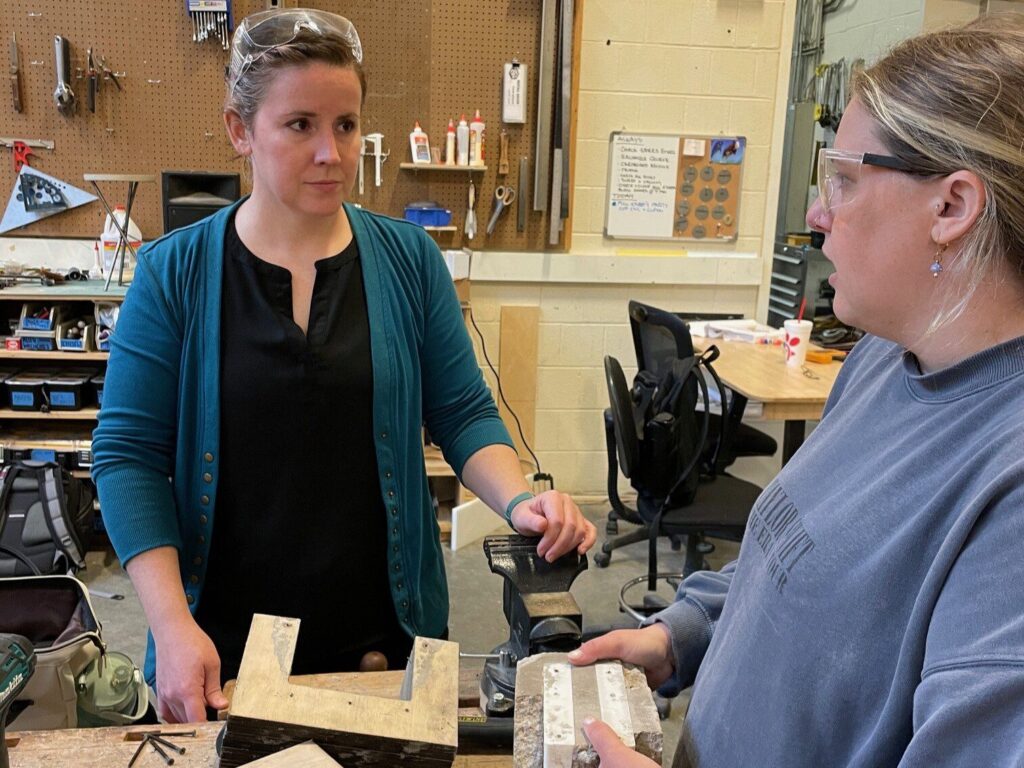
- Categories: